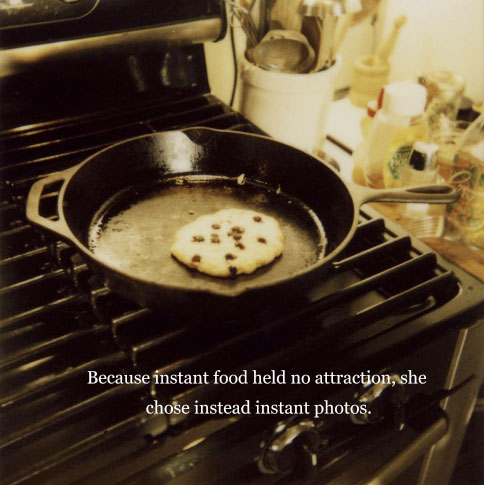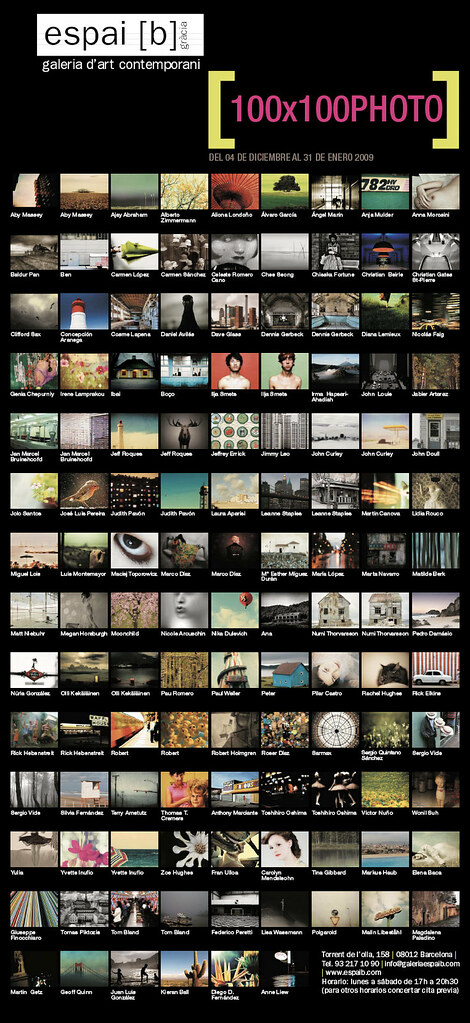Check out Francesco Capponi‘s latest homebrew madness, a curved-plane top hat pinhole camera. You can see pictures of, and photographs made with, the Abracadabra in this set on Flickr.
Capponi has also made pinhole cameras out of a pine nut, a birdhouse, origami, and a tree. Nice hacking!
Related: Weird pinhole camera roundup here on Photon Detector, Thomas Hudson Reeve’s origami/paper pinhole cameras


